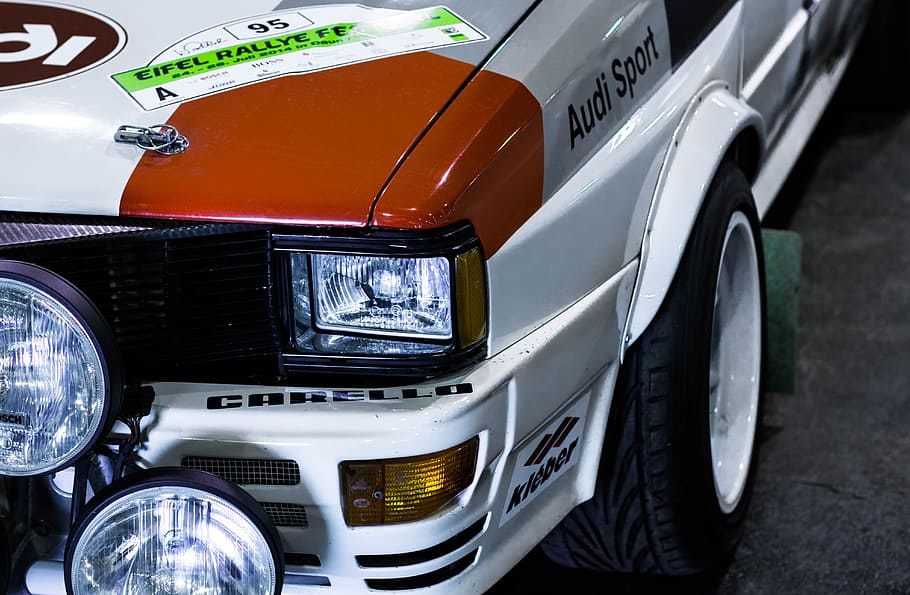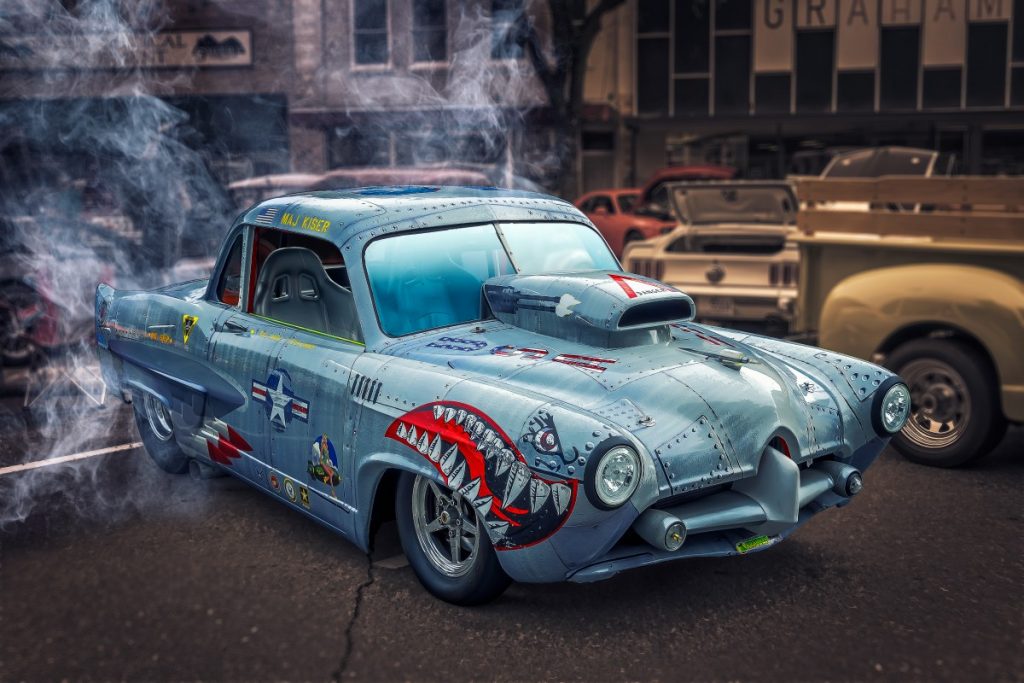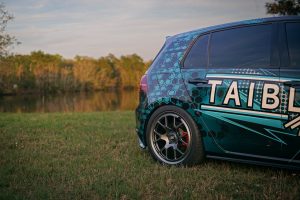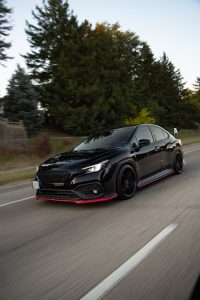A car may be smaller than a trailer or a bus, but it can have a significant advertising presence on the road with a suitable vehicle wrap.
A fleet of cars without advertising on the road day after day is a missed opportunity.
First of all, what is a car wrap?
Like other wraps, it is a large vinyl graphic or sticker that is applied directly, in whole or in part, to the vehicle’s painted surfaces. In the blink of an eye, it can renew the colours and look of your cars and give you a dynamic, original and eye-catching image. It can also have a glossy or matt finish and be completely removable, which can be helpful for rental or company cars.
What makes the car wrap unique?
A car wrap is not just for the motorway! It can be an excellent advertising tool if your vehicles are parked at customers’ homes or in the surrounding area full of potential customers. The same applies to visits to your customers’ place of business or if you have a company car that an employee uses everywhere, including at home. This is one of the differences between vehicles and most large vehicles, confined to main roads and business parks. Cars are mainly used for commuting and can get your message out in urban areas inaccessible to large vehicles.
Other benefits of car wraps:
– Flexible, powerful and cost-effective advertising tool.
– Increased marketing presence as fleet size increases.
– Quickly remove the wrap to restore your car to its original appearance, if necessary.
Another bonus? Car wrapping costs less than painting!
So, which would you rather have: an all-white car or a dressed-up car that makes you look good wherever you go? The choice is clear!
CRG DESIGNS can turn your fleet of vehicles into a marketing asset of choice. We can help you get the most out of your budget by dressing the only part of each car (e.g. side doors) or the entire painted surface. The choice of colours and designs is limitless.
How Do You Choose the Right Protection for Your Fleet Wraps?

Quality and durability are two of the most important features to consider when choosing fleet wraps.
But what about the protective finish?
The best way to extend the useful life of your company’s fleet wraps is to protect them adequately against the various road conditions they will encounter.
Every year brings its share of dirt, bird droppings, tree sap, saltwater residue from snow, mud puddles and other environmental factors that make it challenging to maintain a good image. With the right protective finish applied by experienced technicians, your vehicle’s wrap will withstand the wear and tear of daily driving, weather conditions and washings.
Each type of protective film has a different thickness and durability. At CRG DESIGNS, they know how to choose the one that will best suit your needs.
So how do you know which protection is best for your unique situation?
In this guide, we’ll answer that question and many others!
Why Is the Application of a Protective Film Important for Your Fleet Wraps?
Using an excellent protective film is essential to protect your brand image from the elements. Keeping your fleet wraps looking new and clean will help you attract potential customers in the short and long term.
Exposure to the sun is not the primary concern for damage to your wraps. Most of the time, materials, such as the ink used in printing, are designed to withstand UV rays for many years without applying a protective film.
However, chemicals, such as detergents, and environmental factors are another matter… They can cause considerable damage and premature fading.
A protective film should be applied over any printed graphics installed on a final product that will be washed, walked on or exposed to dirt and debris.
Heavy-duty, durable films do offer the best protection. They protect your prints from abrasion and damage and water, chemicals, or even de-icing salt. However, they are also the most expensive. The decision as to what is best for each case needs to be thought through.
The ideal film offers fleet wraps the best protection against the elements. It must be robust enough to withstand daily wear and tear.
In our subsequent publication, we will come cover Types of Protective Film.
In the meantime, don’t forget to tell us about your experience in the section below.




